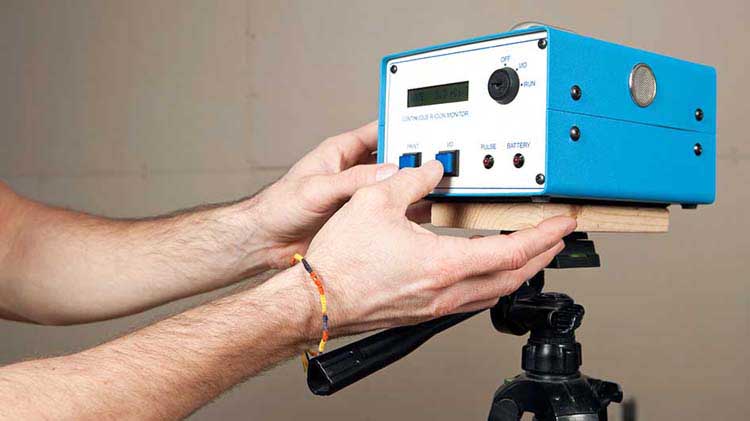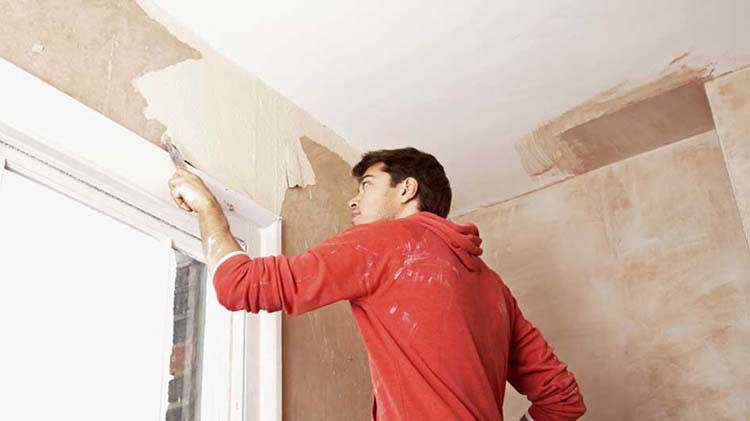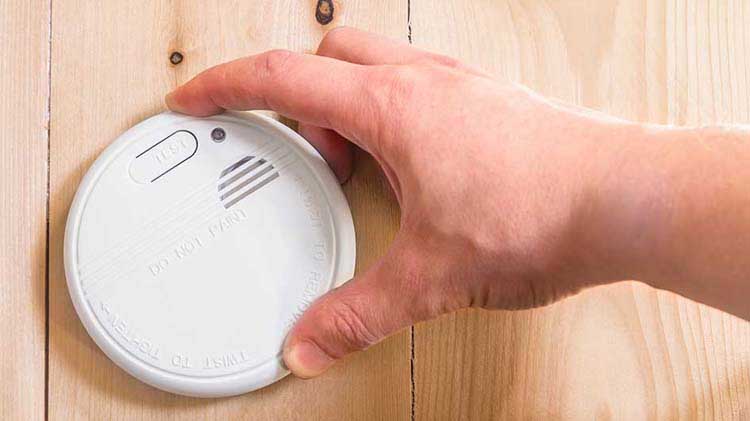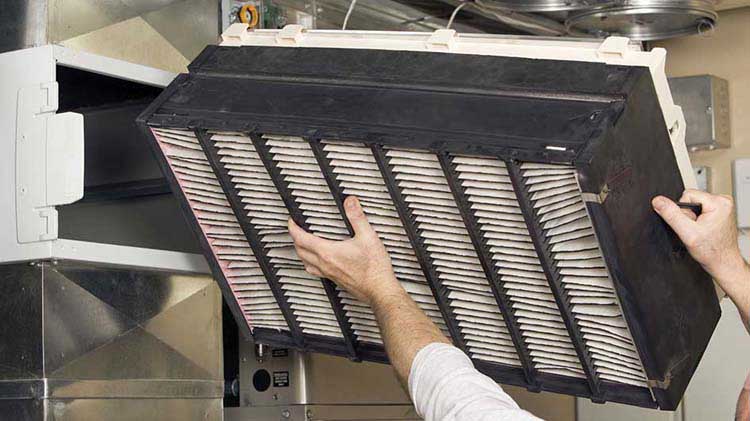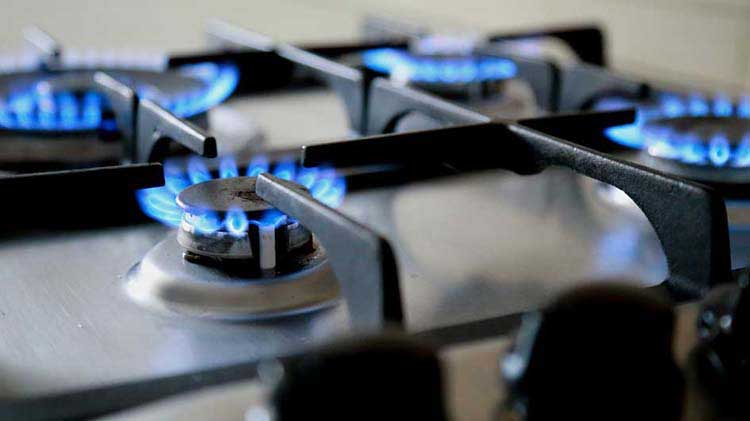What is radon gas?
How to test for and treat your home for this colorless, odorless and dangerous gas.
First, the bad news. Radon gas is colorless, tasteless and odorless, and it's deadly. Radon is responsible for 15,000 to 22,000 lung cancer deaths yearly and is the second leading cause of lung cancer among non-smokers in the United States.
Radon comes from the decay of uranium in soil. It can enter your home through cracks in the foundation and other openings and then rises up. Once inside, radon builds up, causing a larger problem. Any home may have a radon problem — and the worst thing you can do is ignore it. "The biggest danger is assuming there's not a problem because you don't notice a problem," says Jay Solomon, environmental and energy stewardship extension educator with the University of Illinois Extension.
Luckily, there's good news. Identifying radon is doable. Target this hidden hazard — and take action — with these tips.
Test your home for radon
The only way to know if you have radon is to test your home. Luckily, radon test kits are easy to use, inexpensive and only take a matter of minutes to set up. The most common tests measure radon levels over the course of about a week. Depending on the type of test you take, you may be able to gather results within a couple days. After submitting your results, you're typically notified about the outcome within about two weeks. For accurate results, follow the instructions on the test package.
Know your radon gas numbers
Radon is measured in picocuries per liter of air (pCi/L), and "more than likely, your test will yield a positive result," Solomon says. In fact, the national average indoor radon level is 1.3 pCi/L. The EPA's recommended action level is 4 pCi/L. If your test yields 4 pCi/L or higher, it's best to take a second test to confirm.
Take action
If your test results come back high, you'll want to invest in a radon reduction system. A base system can range in cost from $900 to $1,500, Solomon says, and you'll pay more for advanced systems. Check out your state's radon program and look for licensed radon mitigation contractors. Gather several estimates and obtain references to ensure you find the right contractor for the job.
Be diligent
To ensure safety, Solomon recommends testing your home every few years. "As soil breaks down, you can get higher levels of radon gas over time," he says. For instance, the state of Illinois recommends testing every three years, plus or minus a season. "If you tested in summer before, test in the spring, fall or winter next time," says Solomon.
